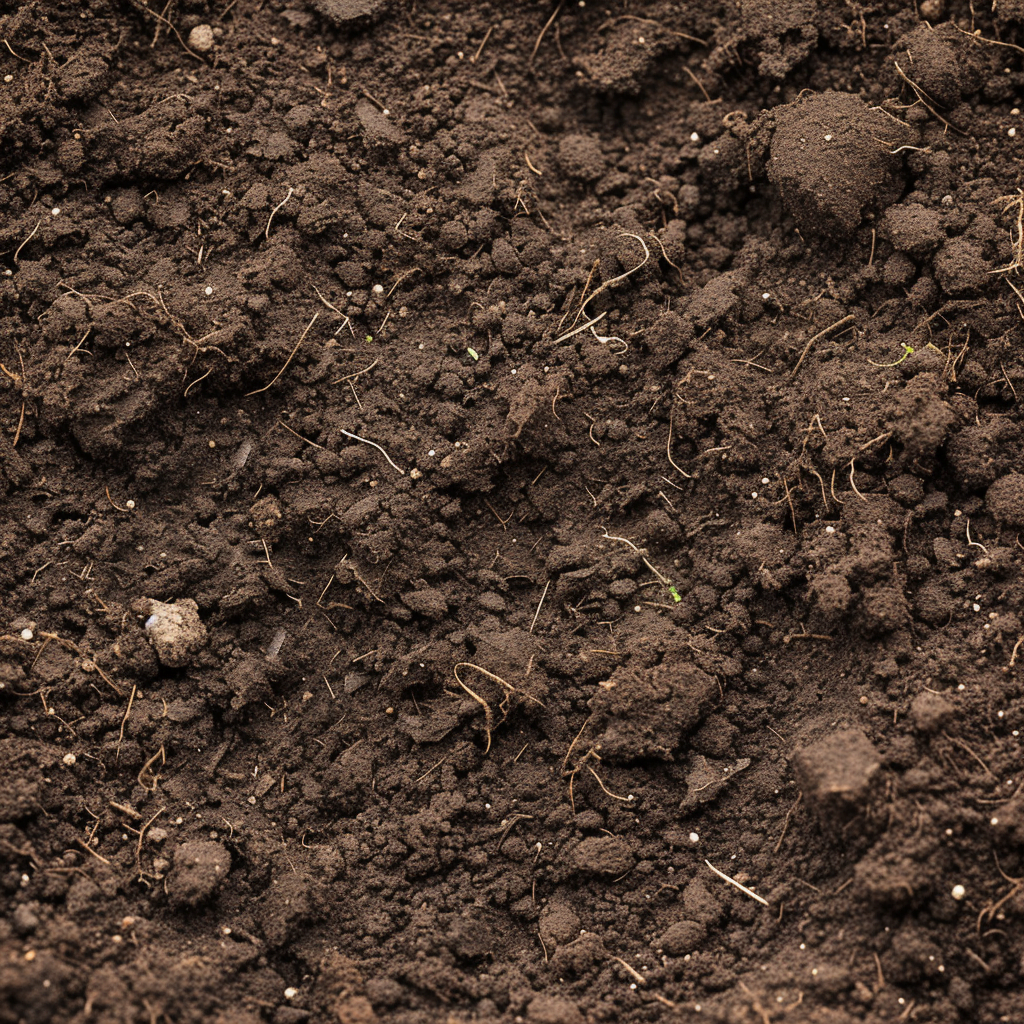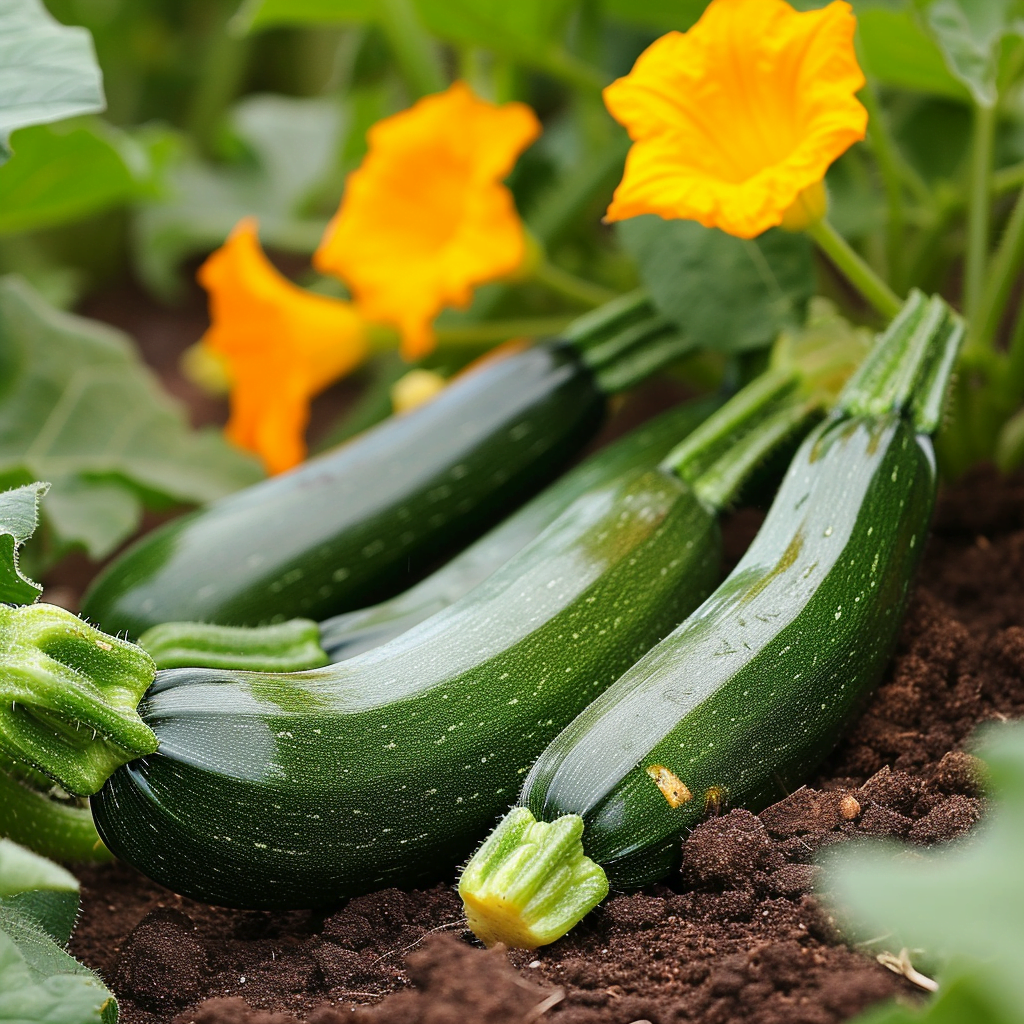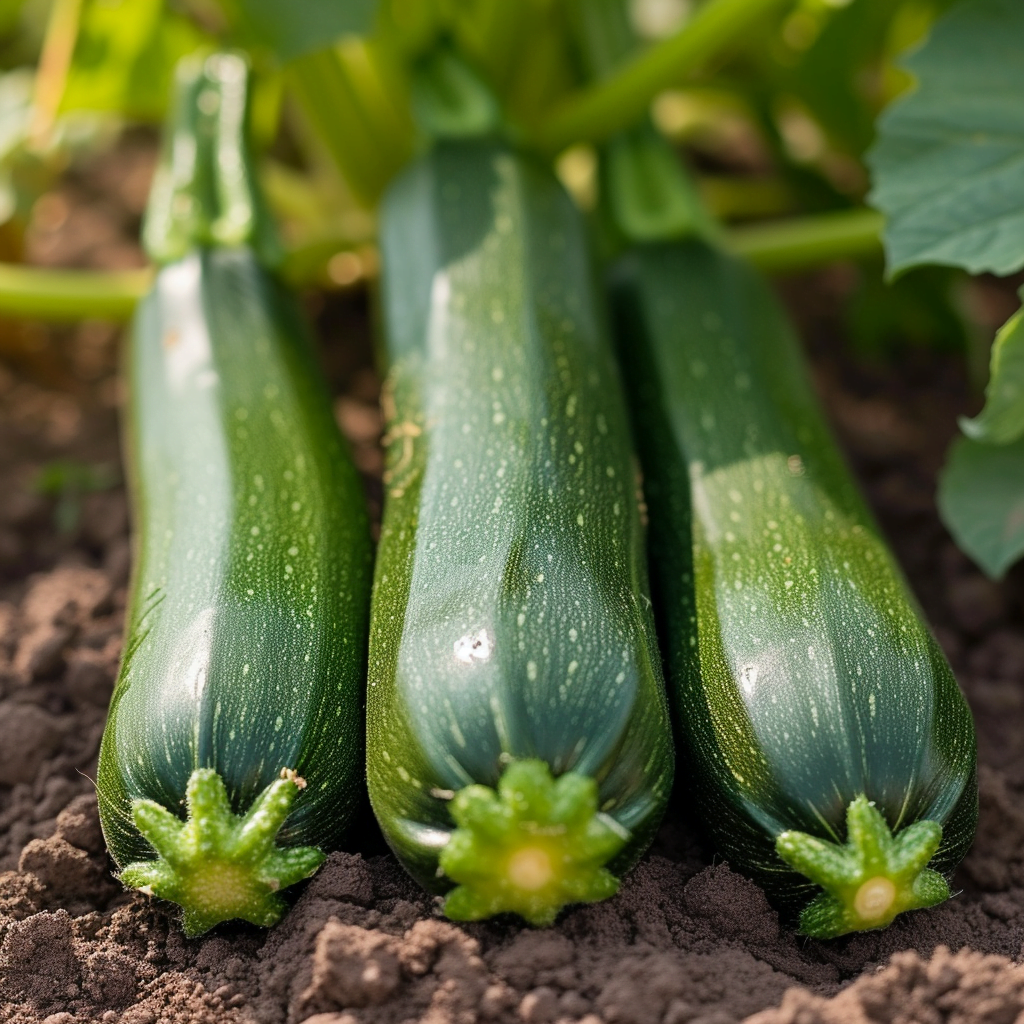I’ve always loved having a little vegetable garden in my backyard. There’s something so satisfying about growing your own food and enjoying the fruits (or in this case, vegetables) of your labor. As I was planning my garden this year, a question popped into my mind: how many zucchini do I need to plant? I mean, they can be quite prolific, but I didn’t want to end up with a surplus of zucchinis. So, I decided to do some research and figure out the perfect number of zucchini plants for my garden.
Factors to Consider
When planning to grow zucchini in your garden, there are several factors that you need to consider. These factors will help you make informed decisions and ensure a successful zucchini harvest. The key factors to consider include the space available, zucchini varieties, average consumption, growing season length, and succession planting. Let’s explore each of these factors in detail.
Space Available
Before you start planting zucchini, it’s essential to determine the space available in your garden. Zucchini plants can grow quite large and require adequate space to thrive. It’s important to ensure that the plants have enough room to spread out and receive proper air circulation.
Determining Available Garden Space
To determine the available garden space for zucchini, you need to assess the size and layout of your garden. Take into account any obstacles such as trees or shrubs that could shade the zucchini plants. It’s also important to consider the spacing between existing plants to avoid overcrowding.
Size of Zucchini Plants
Zucchini plants can grow up to 2-3 feet tall and spread out several feet wide. It’s crucial to factor in the size of the plants when planning your garden space. Providing enough room for the zucchini plants to grow will ensure optimal yield and prevent overcrowding.
Spacing Recommendations
The recommended spacing for zucchini plants is typically 2-3 feet apart in rows, with 3-4 feet between rows. This spacing allows enough room for the plants to grow and ensures proper air circulation, which helps prevent diseases. However, if you have limited space, you can opt for intensive planting techniques such as vertical trellising or container gardening.
Zucchini Varieties
Choosing the right zucchini variety is another crucial factor to consider when planning your garden. There are various zucchini varieties available, each with its own unique characteristics and growth habits. Understanding the different types of zucchini varieties will help you make an informed decision that suits your gardening needs.
Bush Varieties
Bush zucchini varieties are compact and well-suited for small gardens or container gardening. These varieties tend to have a more bushy growth habit and take up less space compared to vining varieties. They are often early-maturing and have a shorter harvest window.
Vining Varieties
Vining zucchini varieties, as the name suggests, have a more sprawling growth habit and require more space. These varieties tend to produce larger fruits and have a longer harvest window. Vining zucchinis are ideal for larger gardens or areas where they have room to spread out.
Hybrid Varieties
Hybrid zucchini varieties are bred by crossing different parent plants to create favorable characteristics in the offspring. These varieties often exhibit disease resistance, high yields, and uniform fruit size. Hybrid zucchinis can be either bush or vining, offering a wide range of options for gardeners.
Disease and Pest Resistance
When selecting zucchini varieties, it’s essential to consider their disease and pest resistance. Some zucchini varieties are more resistant to common diseases and pests, making them a better choice for gardeners who want to minimize the use of pesticides and fungicides. Look for varieties that are known for their resistance to powdery mildew, cucumber beetles, and squash bugs.

Average Consumption
Understanding your average zucchini consumption is crucial in determining how many plants to grow. It’s essential to grow enough zucchini to meet your family’s needs without overwhelming you with an excess harvest.
Determining Family Needs
To determine your family’s zucchini needs, consider factors such as the number of family members, their preference for zucchini, and how frequently you incorporate zucchini in your meals. If your family enjoys zucchini and uses it in various dishes, you may want to grow more plants to ensure a sufficient supply.
Zucchini Usage
Consider how you plan to use zucchini in your meals. If you enjoy fresh zucchini in salads, sandwiches, or stir-fries, you may want to grow more plants. On the other hand, if you primarily use zucchini for baking or preserving, you may need fewer plants since these recipes often require less fresh zucchini.
Preservation Methods
If you intend to preserve zucchini by freezing, canning, or dehydrating, you should factor in the amount of zucchini you’ll need for these preservation methods. Keep in mind that preserving zucchini can help extend its shelf life and allow you to enjoy it throughout the year.
Growing Season Length
Understanding the length of the growing season in your area is crucial when planning to grow zucchini. Zucchini plants require a certain number of days to reach maturity and produce harvestable fruits. By knowing your local growing season, you can time your planting accordingly and maximize your zucchini harvest.
Understanding the Growing Season
The growing season refers to the period of the year when the climate and temperature are suitable for plant growth and development. Different regions have varying lengths of growing seasons, depending on factors such as latitude, elevation, and climate patterns. Determine the average frost-free date in your area to establish the length of your growing season.
Local Climate Conditions
Consider the specific climate conditions in your area, such as temperature, rainfall, and humidity, as they can influence the growth and productivity of zucchini plants. Zucchini thrives in warm temperatures, ideally between 70-90°F (21-32°C), and requires adequate moisture to support healthy growth. Ensure that your garden receives full sun exposure and that you can provide necessary irrigation during drier periods.
Succession Planting
Succession planting is a technique used to extend the harvest season and ensure a continuous supply of zucchini throughout the growing season. By staggering the planting of zucchini seeds or transplants, you can avoid a glut of zucchini at once and maintain a steady harvest over an extended period.
Continuous Harvesting
To achieve continuous harvesting, start by planting a portion of your zucchini seeds or transplants at the beginning of the growing season. As these plants start producing fruits, sow additional seeds or transplant new seedlings at regular intervals. This staggered planting will result in plants at different stages of growth, allowing for a continuous supply of zucchini.
Planting in Stages
To implement succession planting, divide your garden into sections or rows and assign each section to a specific planting stage. Use a calendar or gardening app to schedule your plantings at regular intervals, taking into account the recommended days to maturity for the zucchini variety you’re growing.
Determining Planting Intervals
The planting intervals for succession planting depend on factors such as your average harvest rate, zucchini variety characteristics, and personal preferences. Some gardeners prefer planting every two weeks, while others may opt for a three- or four-week interval. Experimentation and observation will help you determine the ideal planting intervals that fit your specific needs.

Planting Density
Determining the planting density for your zucchini plants will help you maximize your garden space and optimize your harvest. Depending on the available space and the gardening techniques you employ, you can choose between single row planting, double row planting, or intercropping.
Single Row Planting
Single row planting involves planting zucchini plants in a single line, with appropriate spacing between the plants. This method allows for easier access to each plant and simplifies maintenance tasks such as watering and weeding. It works well for smaller gardens where space is limited.
Double Row Planting
Double row planting involves creating two parallel rows of zucchini plants, allowing for increased planting density within a given space. The plants are typically spaced closer together within each row, while additional space is left between the two rows for easy access. This method can be beneficial in larger gardens, as it maximizes the available space while still providing adequate airflow and sunlight.
Intercropping
Intercropping involves planting zucchini alongside other compatible plants in the same bed or garden space. This method allows for efficient use of garden space and encourages biodiversity, as the different plants can benefit from each other’s presence. When intercropping zucchini, choose companion plants that have similar growth requirements and can tolerate the shade or competition for resources.
Pollination Factors
Pollination is a critical process for zucchini plants to produce fruits. Understanding the factors that affect pollination can help ensure a bountiful zucchini harvest.
Importance of Pollinators
Pollinators, such as bees, butterflies, and other insects, play a vital role in transferring pollen from the male flowers to the female flowers of zucchini plants. This transfer of pollen is necessary for fruit development. Ensuring a healthy population of pollinators in your garden, by providing suitable habitat and avoiding the use of harmful pesticides, will greatly enhance pollination and increase your zucchini yield.
Hand Pollination
In cases where natural pollination may be limited, you can resort to hand pollination to ensure fruit set. Hand pollination involves transferring pollen from the male flowers to the female flowers using a small brush or cotton swab. Gently brush the inside of the male flower to collect the pollen, and then carefully transfer it to the stigma of the female flower.
Attracting Pollinators
To attract pollinators to your garden, plant nectar-rich flowers such as marigolds, lavender, and borage. Provide a water source, such as a shallow dish with pebbles for landing, and create pollinator-friendly habitats with nesting materials and shelter. Maintaining a diverse and pesticide-free garden environment will help attract a wide range of pollinators that can benefit your zucchini plants.

Harvesting and Storing
Knowing the proper techniques for harvesting and storing zucchini will help you enjoy the fruits of your labor for an extended period.
Harvesting Zucchini
Zucchini should be harvested when the fruits are still young and tender for the best flavor and texture. Depending on the zucchini variety you’re growing, this is usually when the fruits reach 6-8 inches in length. Use a sharp knife or pruning shears to cut the zucchini from the plant, leaving a short stem attached. Regularly harvest mature zucchinis to encourage continuous fruit production.
Storage Options
Freshly harvested zucchini can be stored in the refrigerator for up to one week. Place the zucchini in a perforated plastic bag to maintain moisture while allowing proper airflow. Alternatively, you can store zucchini in a cool, dark place such as a root cellar or pantry, where it can last for a few weeks. Avoid washing zucchini until you’re ready to use it, as excess moisture can lead to spoilage.
Preserving Zucchini
If you have an abundance of zucchini, preserving it can be a great way to enjoy it throughout the year. You can freeze zucchini by blanching it briefly in boiling water and then freezing it in airtight containers or freezer bags. Another option is to pickle zucchini by packing it in vinegar and spices. You can also dehydrate zucchini slices or make zucchini relish or chutney for longer shelf life.
In conclusion, when planning to grow zucchini in your garden, it’s important to consider factors such as the available space, zucchini varieties, average consumption, growing season length, and succession planting. By carefully assessing these factors and making informed decisions, you can set yourself up for a successful zucchini harvest. Enjoy the process of growing this versatile and delicious vegetable, and savor the abundance of zucchini in your meals throughout the year. Happy gardening!



